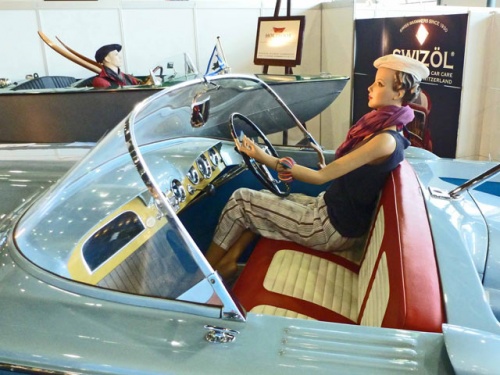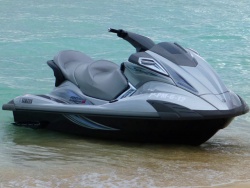Difference between revisions of "Marine & Boat leather"
m |
|||
| Line 38: | Line 38: | ||
</p> | </p> | ||
<p align=center> | <p align=center> | ||
| − | ''Boat leather in its origins: Fully leather - covered boat, seen in [[ | + | ''Boat leather in its origins: Fully leather - covered boat, seen in [[Leather museum|DLM - German Leather Museum in Offenbach]].''<br></p> |
<p> </p> | <p> </p> | ||
Revision as of 14:23, 19 February 2017
Leather has featured on ships and boats for a very long time. However, there are two separate applications. The first is the seating areas inside the ships. Because it is not directly affected by the weather, almost every kind of leather is processed for these areas. Particularly on luxury ships, all kinds of exotic leather can be found, in addition to the traditional cow leather.
The second application is in the outdoor area. Here the cushions of the benches and berths are almost exclusively covered with imitation leather. Genuine leather would not last long under constant sun, temperature fluctuations and humidity. In addition, sun tan cream damages leather. Even artificial leather becomes yellow from sun creams very quickly. Historically, Eskimos used leather for the outer covering of their boats.
Imitation leather outside the boat.
The right choice: Imitation leather in the floating car.
Boat leather in its origins: Fully leather - covered boat, seen in DLM - German Leather Museum in Offenbach.
Additional information















 a kotori web solution
a kotori web solution